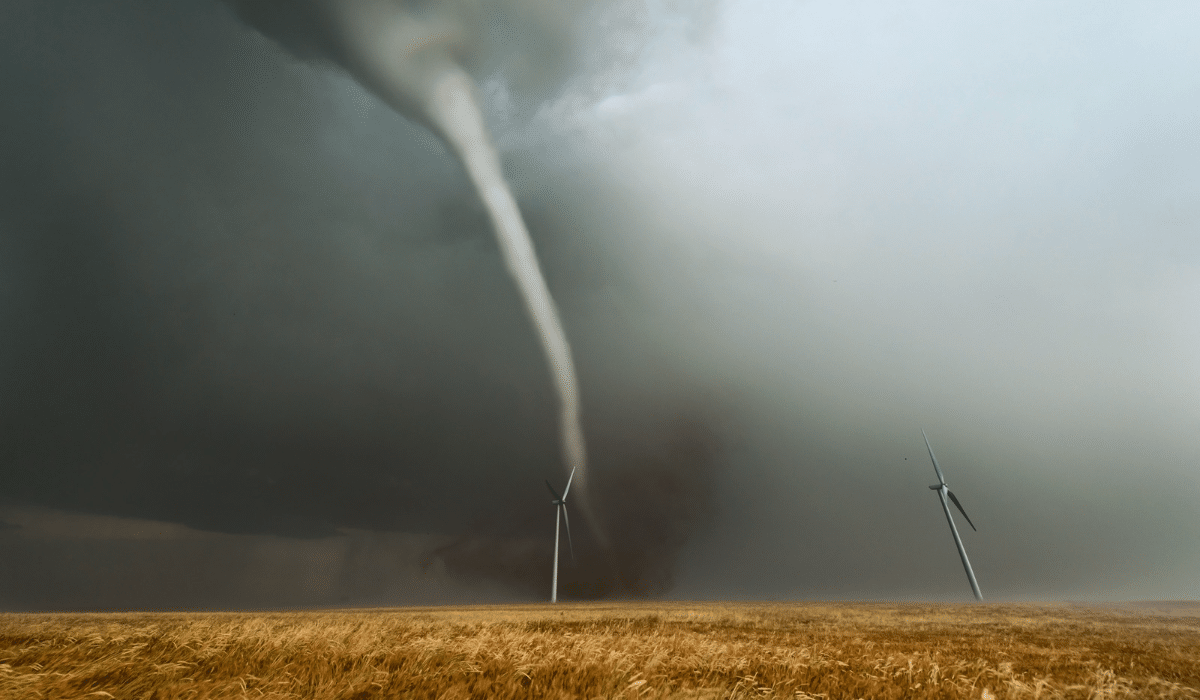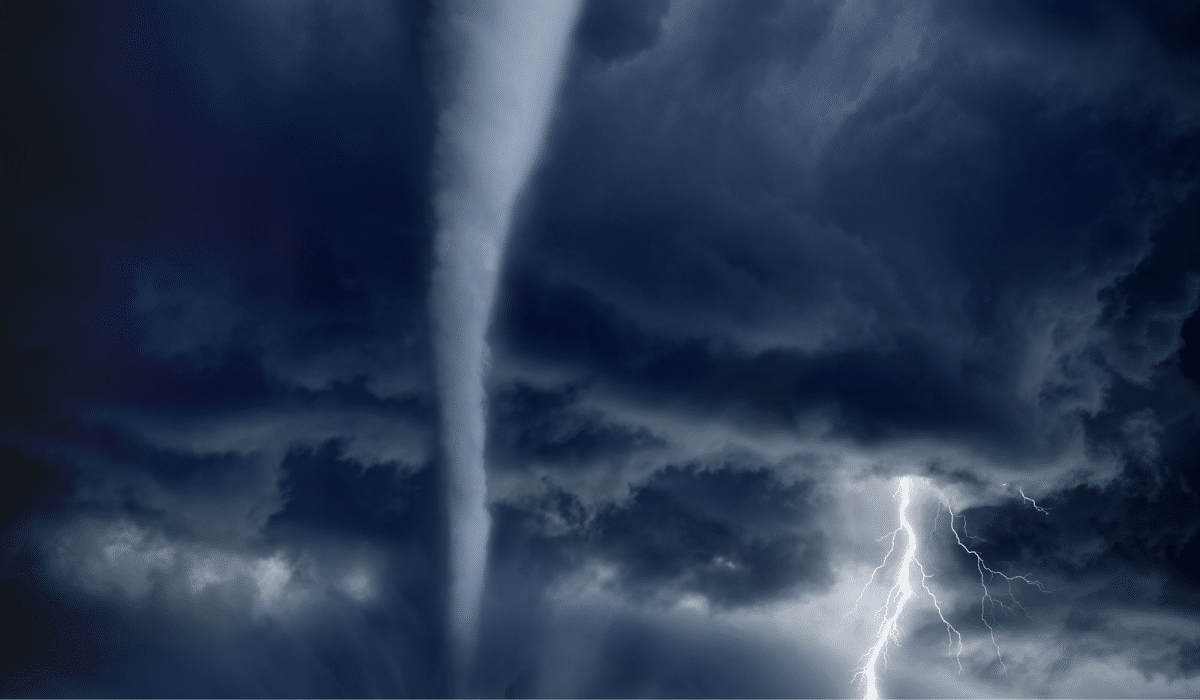the most common Oklahoma tornado myths and the truth behind them
tornado myths
Tornadoes are a natural disaster that can strike suddenly and devastate everything in their path. Oklahoma is one of the states that is most prone to these severe weather events, and residents must be prepared to face them at any time of the year. Unfortunately, there is a lot of misinformation about tornadoes that can lead people to make dangerous mistakes when facing them. In this blog post, we will discuss ten common tornado myths in Oklahoma and provide accurate information to help you stay safe during severe weather.
Myth #1: Tornadoes only happen in the spring
Fact: Although the peak season for tornadoes in Oklahoma is from March to May, they can occur at any time of the year. In fact, the state has experienced severe tornado outbreaks in the fall and winter, proving that tornadoes are not limited to a particular season.
Myth #2: Tornadoes only happen in rural areas
Fact: Tornadoes can occur anywhere, including urban areas. They can cause damage to buildings, homes, and infrastructure, regardless of their location.
Myth #3: Opening windows will equalize pressure and prevent a tornado from damaging your home
Fact: This is a common myth that can be dangerous. Opening windows will not prevent damage from a tornado, and it is actually dangerous as it allows wind to enter the home and can cause more damage. The best course of action is to seek shelter in your storm shelter or a safe place and stay there until the danger has passed.
Myth #4: If you can see a tornado, you are safe
Fact: A visible tornado does not mean you are out of harm’s way. Flying debris can be carried a significant distance from the actual tornado, and even if you are not directly in its path, you can still be at risk of injury or death.
Myth #5: A highway overpass is a safe place to take shelter during a tornado
Fact: Taking shelter under an overpass is not safe. Wind speeds can increase in these areas, and the overpass itself can become a wind tunnel, causing debris to be blown under it and causing injury or death.
Myth #6: Mobile homes are safe during a tornado
Fact: Mobile homes are not safe during a tornado. They are not anchored to the ground and can easily be picked up and thrown by the wind. It is best to seek shelter in a storm shelter.
Myth #7: It's safe to drive away from a tornado
Fact: It is not safe to drive away from a tornado. The wind can change direction quickly and cause a vehicle to be caught in the path of the storm. It is best to seek shelter in a storm shelter until the danger has passed.
Myth #8: Tornadoes only happen during the day
Fact: Tornadoes can happen at any time, day or night. It is essential to stay informed about weather conditions in your area, especially during severe weather events.
Myth #9: If the sky is blue, there is no threat of a tornado
Fact: The color of the sky does not indicate whether or not a tornado will occur. A tornado can happen on a clear day or under a dark sky. It is essential to stay informed about weather conditions and be prepared to take action if necessary.
Myth #10: If you are in a tornado, you should lie flat on the ground
Fact: Lying flat on the ground during a tornado can actually increase the risk of injury from flying debris. It is best to be in a storm shelter during a tornado. If you are caught in the open, find a low-lying area and cover your head and neck with your arms.
conclusion
In conclusion, tornadoes are a serious threat to the residents of Oklahoma, and it’s important to be aware of the facts and dispel common myths in order to stay safe during severe weather. By understanding the reality of tornadoes, you can take the necessary precautions to protect yourself and your loved ones.
Here are some important steps you can take to stay safe during tornado season in Oklahoma:
Stay informed: Keep track of weather conditions in your area by regularly checking the National Weather Service, local news outlets, or weather apps. Know the difference between a tornado watch and a tornado warning, and be prepared to take action if necessary.
Have a plan: Create an emergency plan with your family and discuss it ahead of time. Know where the nearest tornado shelter is located and how to get there quickly. Make sure everyone in your household knows what to do in case of a tornado, and practice your plan regularly.
Take shelter: Seek shelter in a sturdy building or storm shelter, if possible. If you don’t have access to a storm shelter, go to the lowest level of a building and find a small interior room, such as a closet or bathroom, without windows. Cover yourself with blankets or pillows to protect yourself from flying debris.
Avoid myths: Don’t rely on common myths about tornadoes, such as opening windows or taking shelter under an overpass. Stick to the facts and follow the guidance of weather experts to stay safe.
By following these steps and staying informed about tornadoes in Oklahoma, you can help protect yourself and your loved ones during severe weather. Remember, it’s always better to be prepared and cautious, even if a tornado doesn’t seem imminent. Stay safe, stay informed, and don’t let myths and misinformation put you at risk during tornado season.
Install a Storm Shelter with Sprague’s Backhoe
Storm shelters can provide your family with peace of mind during severe Oklahoma weather. To learn more about our storm shelters or to begin planning a storm shelter installation, call us or visit our storm shelter page to get started.
recent blog posts

Do Above Ground Storm Shelters Really Work?
Do Above Ground Storm Shelters Really Work? Exploring Safety, Convenience, and Effectiveness Home Are above ground storm shelters truly effective? Above ground storm shelters As

Understanding Winter Tornadoes: How, When, and Why They Form
Understanding Winter Tornadoes: How, When & Why They Form Home understanding the rare but dangerous weather phenomenon winter tornadoes Winter tornadoes are a rare but

Oklahoma Tornado Myths Exposed
Oklahoma Tornado Myths Exposed Home the most common Oklahoma tornado myths and the truth behind them tornado myths Tornadoes are a natural disaster that can